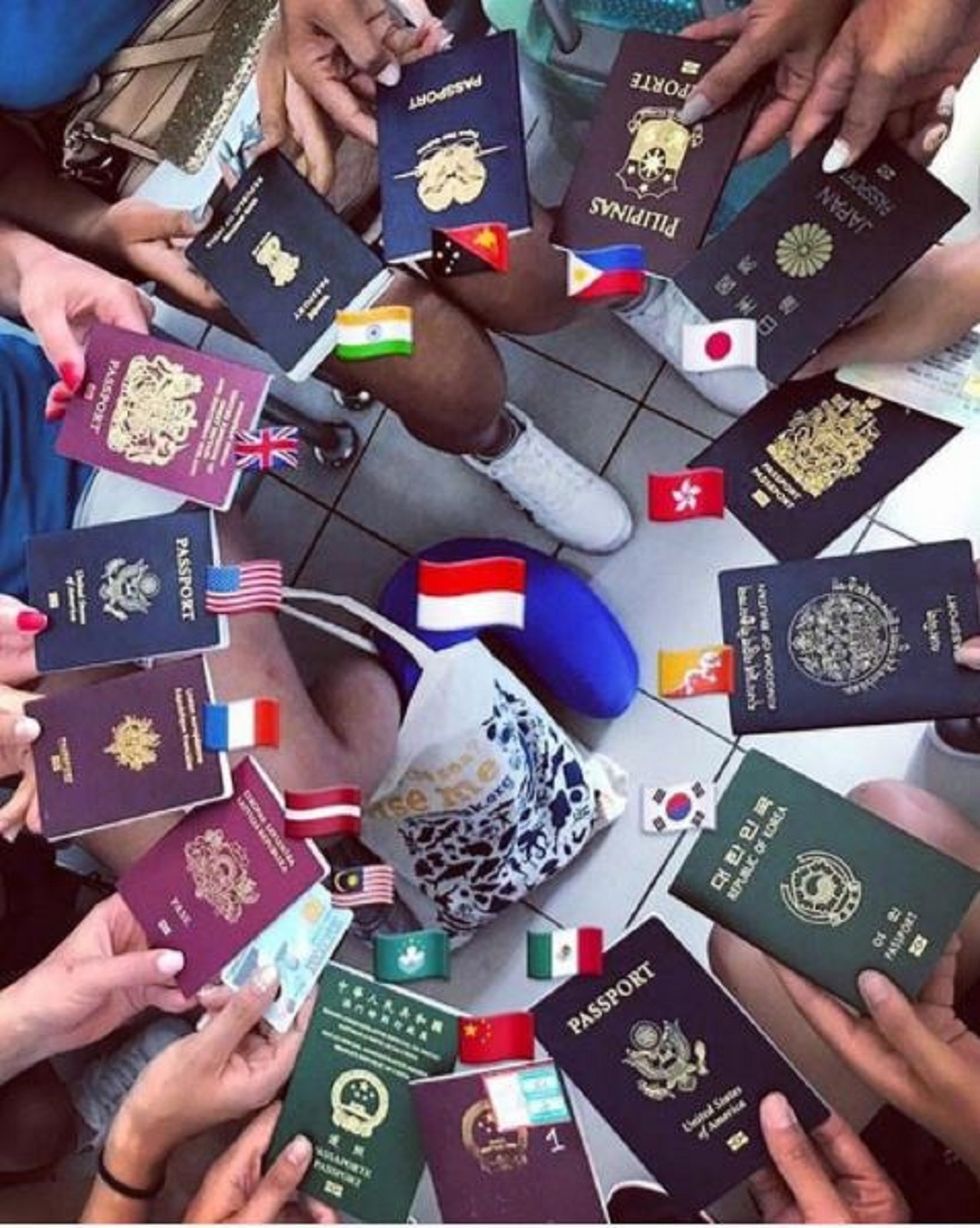The true artistic beauty of language lies in the depth of diversity in the intonations of speech and sound. With the global community becoming more interconnected, bilingualism is now a rising commonality. It seems as if in every job application asks how many languages you know, and some colleges even require three years of language courses to address the growing need for multilingual speakers in society. As a melting pot of the global community, American students have been at the forefront, bearing the expectation to not only have a mastery in English but also other commonly spoken languages like Spanish or Mandarin. Children are becoming fluent in multiple languages, stemming either from the diversity at home or from the expanding school system. Knowing more than one language broadens the scope of knowledge and prepares the future generation for the work force, so with the geopolitical landscapes continually shifting, knowing just one language is not enough to guarantee success.
As a person who sees the use of knowing multiple languages in everyday life especially in the work setting focusing on the healthcare field, I am amazed at how often I need to use my knowledge on Hindi while shadowing a nurse or interacting with a patient.
To ensure the equal success of all students as they select their future careers, some schools have mandated secondary language learning from the early age six. The cognitive ability of younger children is the most flexible in the adolescence stage of life, so encouraging the implementation of a secondary language would prepare students for the upcoming opportunities in the practical world. While the social criticisms are relevant in day to day life, the benefits of language classes required in public schools would ultimately outweigh the derogatory comments made about dual languages from the public.
Bilingualism is an extremely prevalent topic in modern day education provoking a stand both for and against those who have the ability of speaking two languages. The development of the brain differs between those who were raised speaking two languages versus those who were raised speaking only one. Studies have shown the brain of a bilingual performs functions in a more productive and conducive way, particularly when it comes to resolving nonverbal conflict and making decisions based on experience dependence. I personally benefitted from this in Spanish class when we were learning to roll our R's. By learning Gujarati at a very young age, I was put in a better position to pronounce the Spanish alphabet wand words than my peers.
The ulterior motive is the preparation of children for the real world and the more and more interconnected the world is and will continue to become makes bilinguality a priority for future education. Also the power of bilinguality can delay degenerative diseases and that allows the education obtained in the adolescence of life to have a longer and more lasting impact on the life of those who can speak two languages. A study in 2004 found that normally aging bilinguals had better cognitive functioning than their monolingual counterparts.
Ellen Bialystok, the woman who has conducted the research and the impacts of bilingualism believes that it can delay and prevent the negative and disturbing side effects of degenerative diseases. The longer one can remember the crucial learning experiences they obtained in their youth, the longer and more prevalent they become as aging occurs. The ability to speak more than one language is a gift that is becoming a career skill, predominantly in the Western world. Bilingualism enables adolescents to appreciate cultural diversity and cherish family origin as they grow and mature throughout their life.






 The minimum wage is not a living wage.
StableDiffusion
The minimum wage is not a living wage.
StableDiffusion
 influential nations
StableDiffusion
influential nations
StableDiffusion












